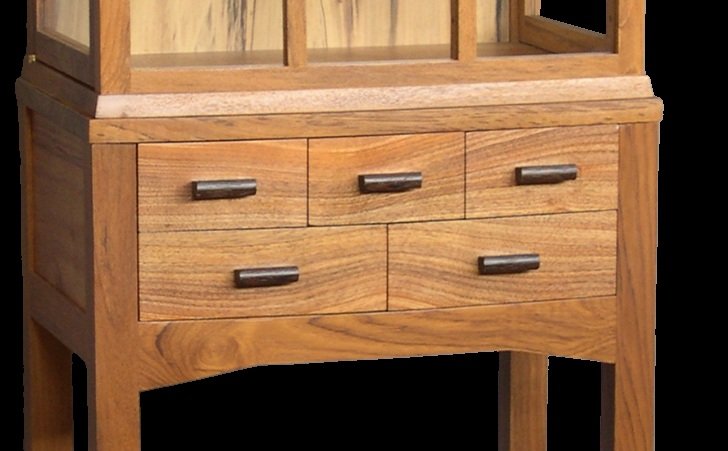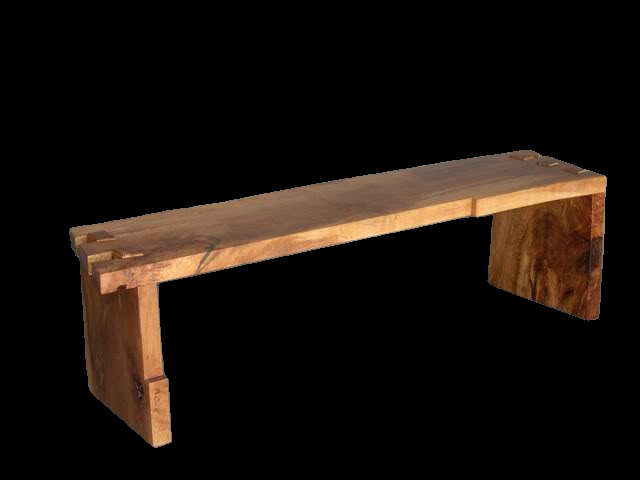Cabinet on Stand
This piece is a James Krenov inspired Cabinet on Stand. Krenov (Oct 1921 - Sept 2009), the son of Russian aristocrats, was arguably one of the most influential woodworkers of the late 20th century. He traveled between Asia and the United States in his youth and finally settled in Sweden where he honed his woodworking skills. Krenov eventually moved to the United States in 1981 where he taught woodworking at the College of the Redwoods in Fort Bragg, California until his retirement in 2002. He passed away in September 2009 - he was 88 years old.
Krenov was known for his use of common materials and highly figured woods which often contained varied colorations. It’s been said that he wasn’t exactly against the use of power tools – but he often relied on hand tools and preferred simplicity in his work
He is probably known best for use of the Cabinet on Stand furniture form and he produced many pieces using this concept. His furniture typically consisted of differing materials and was often diminutive in size (some say this was because Krenov himself was slight in stature and his use of hand tools limited pieces to manageable dimensions).
"It’s not that I had a message that was outstanding or unique or anything like that. I just expressed the feelings that a great number of people had - Live the life that you want to live. Don’t be unhappy in your work.” James Krenov, Cabinetmaker





















